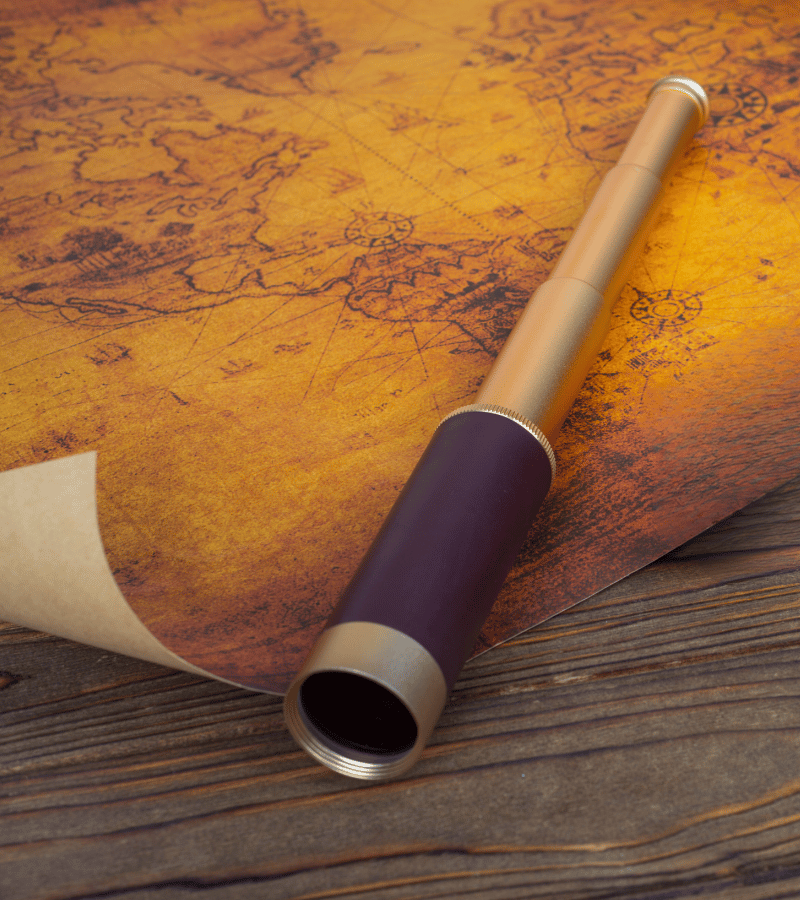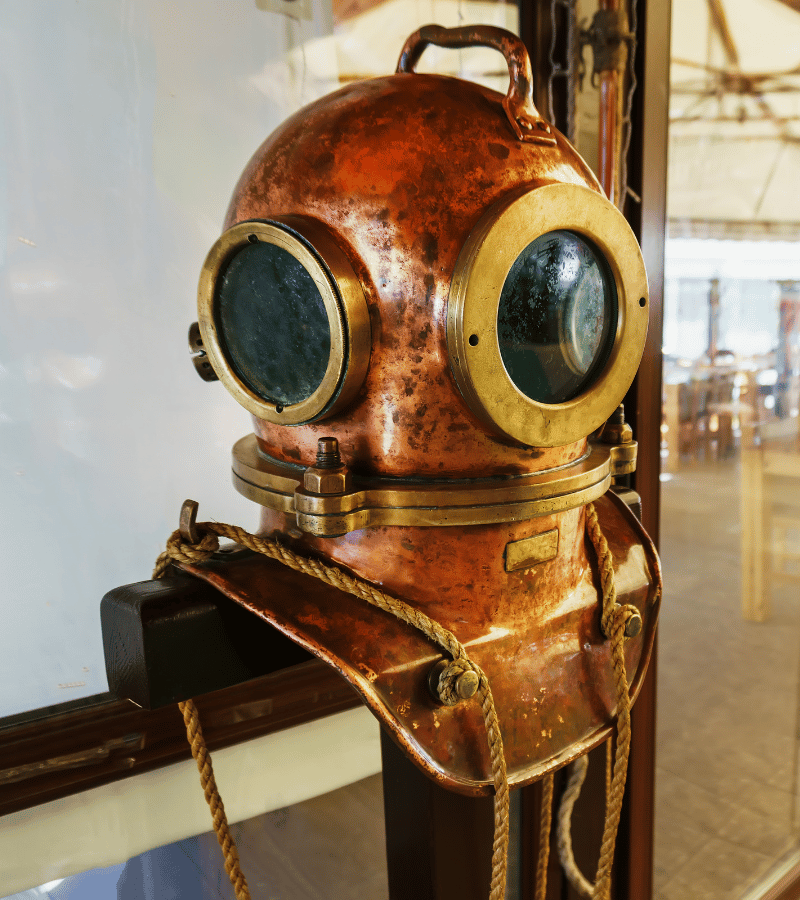Unlocking the Secrets of an Age-Old Navigator
In a world dominated by GPS and digital mapping, it's easy to forget the marvel that is the brass compass. This timeless instrument, with its rich history and intricate craftsmanship, has guided explorers, sailors, and adventurers through centuries of human exploration. Join us as we embark on a captivating journey through time, exploring the mesmerizing history of the brass compass.
The Renaissance of Navigation: The Brass Compass Emerges
As the Renaissance swept across Europe, so too did advancements in navigation. The brass compass made its grand entrance in the 16th century, becoming a crucial tool for explorers like Christopher Columbus and Ferdinand Magellan. These instruments, with their exquisitely detailed dials and expertly calibrated needles, were a testament to the artistry and craftsmanship of the time.
The Age of Exploration: Charting New Worlds
The Age of Exploration saw the brass compass become an indispensable companion on epic voyages of discovery. From the uncharted waters of the Atlantic to the treacherous routes to the Far East, brass compasses were the guiding light for daring adventurers. These small but mighty instruments were trusted with lives and livelihoods, ensuring safe passage through the world's most perilous regions.
War and Innovation: The Brass Compass in Conflict
In times of war, the brass compass became a strategic asset for military forces worldwide. Its accuracy and reliability were pivotal in guiding troops, ships, and aircraft. The compass was no longer just a tool for navigation but a weapon for victory. Its evolution continued with innovations in design and technology.
The Modern Compass: Where Tradition Meets Technology
Today, while digital navigation tools dominate the scene, the brass compass remains a symbol of timeless tradition and craftsmanship. Modern brass compasses blend the beauty of the past with the convenience of the present, catering to explorers, hikers, and collectors alike. They remind us that even in the age of technology, there's a place for heritage and craftsmanship.
Collectors' Delight: The Allure of Antique Brass Compasses
Brass compasses have become cherished collectibles, sought after by history enthusiasts and collectors worldwide. The intricate engravings, unique designs, and historical significance make them a valuable addition to any collection. Discover the thrill of hunting down these treasures and preserving a piece of navigational history.
Conclusion: The Timeless Charm of the Brass Compass
As we conclude our voyage through time, we're left with a profound appreciation for the enduring charm of the brass compass. Its history is a testament to human ingenuity, resilience, and the unrelenting spirit of exploration. Whether you're a seasoned sailor, a history buff, or an aspiring adventurer, the brass compass continues to inspire awe and wonder in us all.
So, next time you hold a brass compass in your hand, take a moment to reflect on the countless journeys it has guided, the explorers it has inspired, and the history it carries within its beautifully crafted frame. It's not just an instrument; it's a vessel through which we navigate not only the world but also the rich tapestry of our shared human heritage.












